Through all of our advancements within society, we still can’t shake fearing the unknown. That dark corner of the room that makes our senses heighten in the possibility of something surprising us when we let our guard down. It doesn’t take long for us to find a situation where the fear of the other created news in the newspaper. A fear that I would have thought to have antiquated roots is the fear of the woods. Xylophobia, also known as hylophobia, is the irrational fear of wooded areas. Recently, filmmakers have found the primal fear to be a starting point for their narratives. Within the last couple of years, two films have used this primal fear as a jumping off point for their narratives: The VVitch and It Comes at Night. After watching It Comes at Night, I noticed the use of the woods has become a motif in which to dive into larger subjects. The surprise is how effective it is to a 21st-century audience with access to satellite imaging. Some things are difficult to shake off it seems. In watching these films with an audience, I found the reactions to the films to be interesting in that they open a door to a part of who we are as a society.
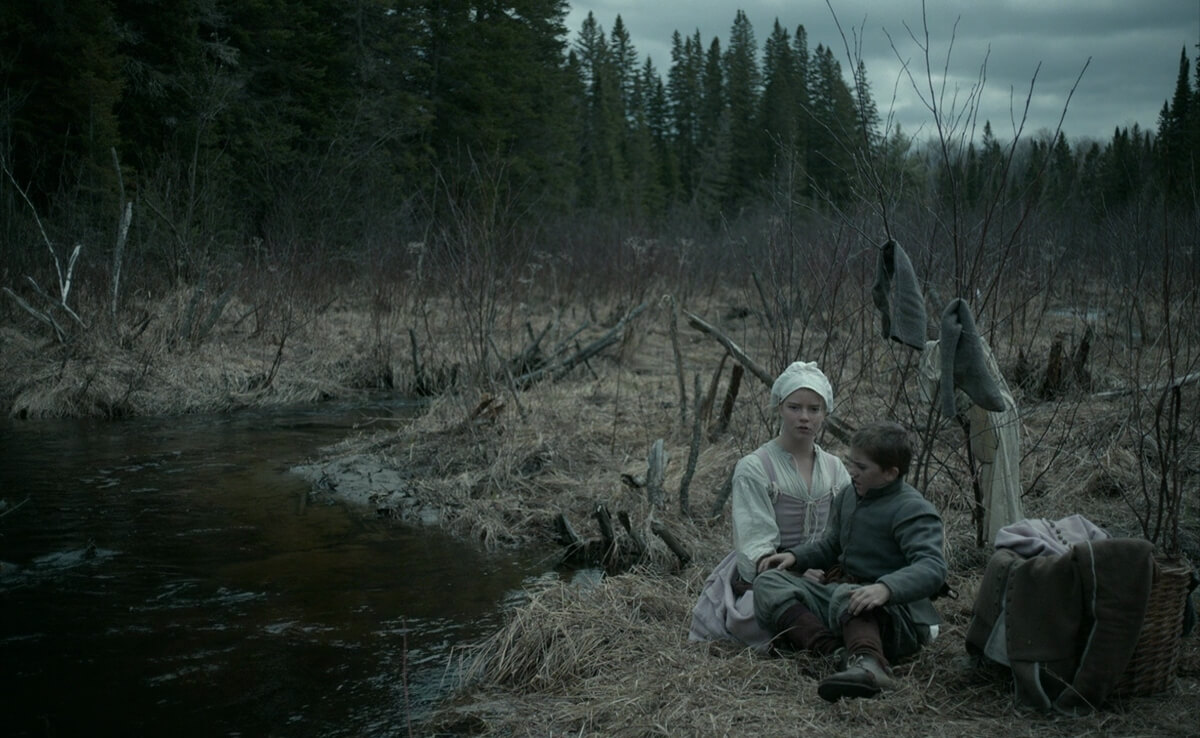
Eggers’ The VVitch is set in 1630 New England with a highly religious family at its center. After the baby of the family is taken by a witch, the family begins to unravel. But the film shares a fear of the woods with its characters. Even at the beginning of the film, Eggers includes a patch of feral nature within every frame as they are ostracized from a community in the beginning of the narrative. Once they begin to build their life and the tragedy occurs, the woods are always there much like the center of the story: Thomasin’s emerging sexuality into womanhood. At first, the prominent threat comes from the woods but Thomasin’s sexuality grows to replace this initial threat as the narrative progresses. One of the aspects of the film that interested me was frightening an audience in the 21st century with ideas and setting that scared people centuries ago. If an audience member were to be frightened or intimidated by an idea or image in this film, what does that say about us? Are some things so innately threatening to us that no matter our sociological progress, we fear the darkness in the woods? Could something as medieval as fearing a witch be threatening to us?
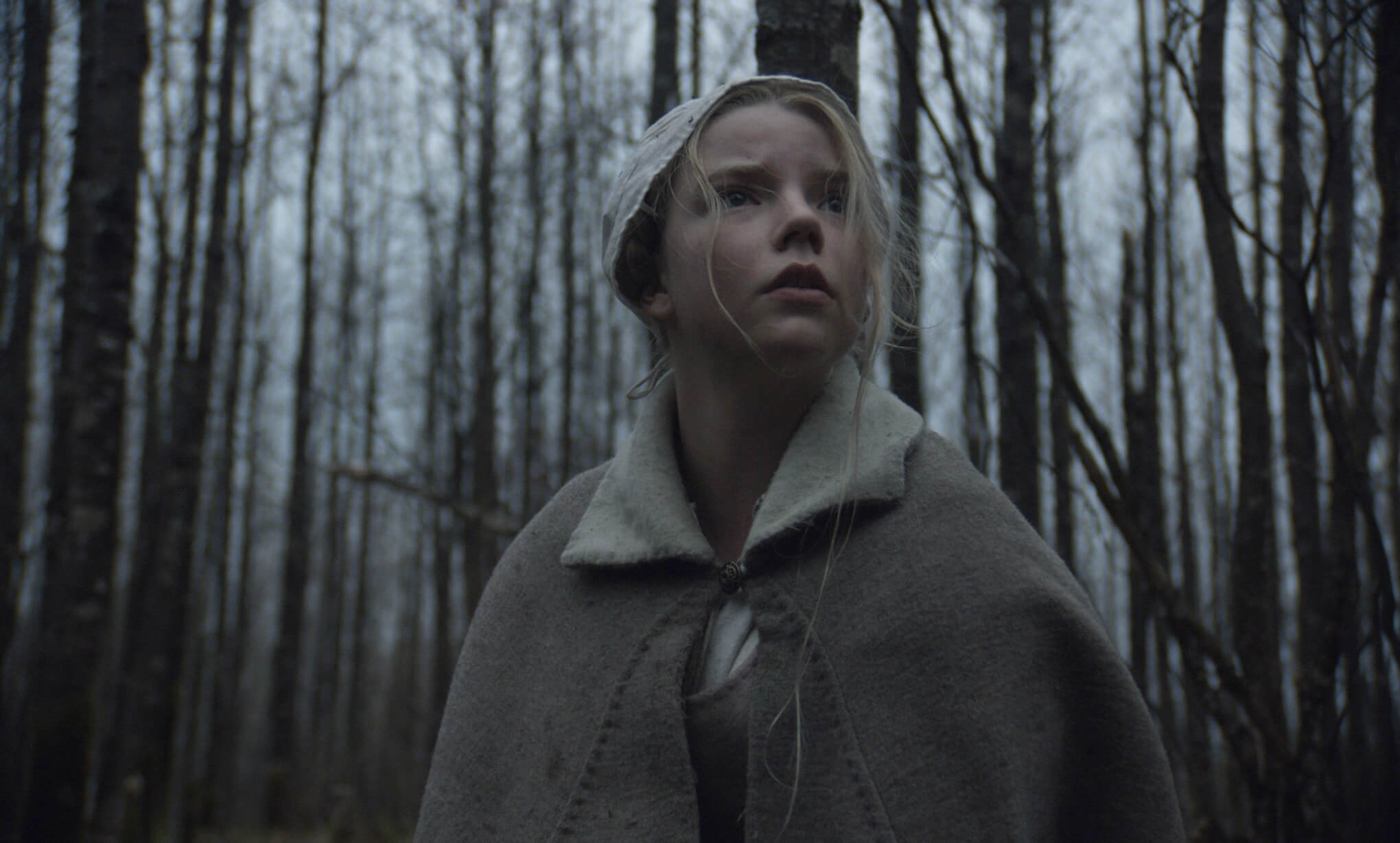
Both films utilize their biggest scares with the human characters than the sinister forces in the woods. Eggers focuses on threatening moments with the family reacting to Thomasin and the possibility of her “witchcraft” putting a curse on her family. Eggers doesn’t lose the encroaching woods throughout the film, but there is a point where most of the danger occurs inside the family cabin. Their son returning from the woods after disappearing when he ventured in with Thomasin (which of course adds suspicion), only to have a climactic death in their home sets the tone for the interior scares to come. His death is another interesting choice, it doesn’t try to be formally dramatic with cuts or changing of perspective. The only time we cut is for Thomasin’s reaction to what is occurring, which only grows in fear once she realizes how she is being seen by her own family while losing her brother. He dies in a frame with his parents on both sides of the frame in a wide shot that feels much more confined due to the dimension of the set. Their lives are closing in on them.
Horror comes from within the characters more often than the threatening woods, and yet the character most often remembered from the film is Black Philip. An external force from the internal horror that is understood to be the devil himself. Discussing how many viewers remember the demon goat over the other factors of the film give way to the possibility of people choosing to focus on the evil externally than the apparent internal evil exhibited to the viewing audience. Granted this is not a research study, but instead an observation I gained from discussing the film with others. I also recognize the marketing appeal the character has for the film but for the sake of this discussion, let’s set that aside. Yet the thread throughout the different groups of people I’ve discussed the film with is the focus on Black Philip or the actual witches in the woods. The fact that these entities did not have to do much (granted taking the infant from the family is quite a big
I also recognize the marketing appeal the character (see the promotional movie poster for The Witch pictured in the right column) has for the film but for the sake of this discussion, let’s set that aside. Yet the thread throughout the different groups of people I’ve discussed the film with is the focus on Black Philip or the actual witches in the woods. The fact that these entities did not have to do much (granted taking the infant from the family is a big action against the family) to unravel the family and lead them to the denouement.
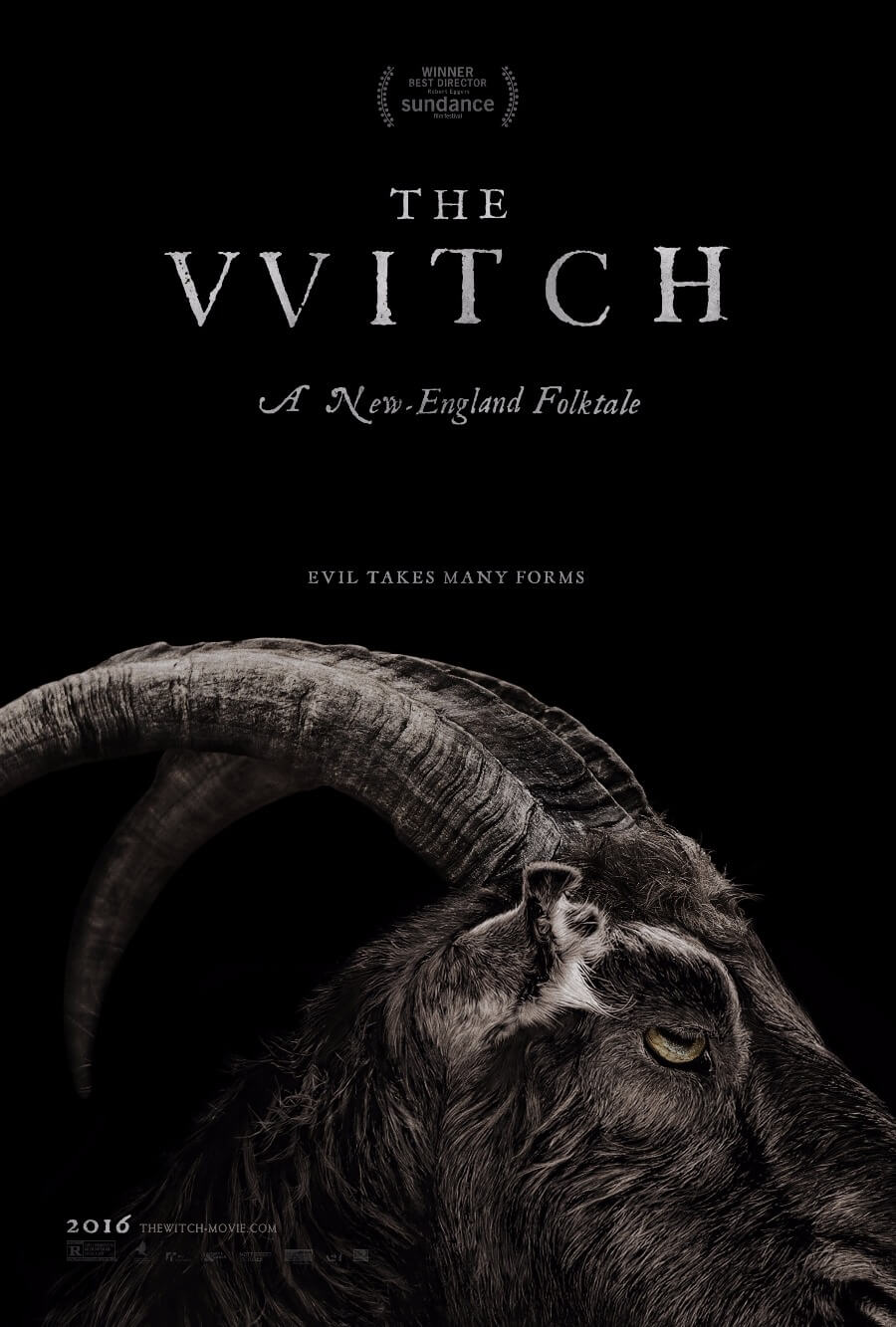
Focusing on the external is a trait some of the audiences for It Comes at Night also shared with another. Once the credits were rolling, people had audible reactions to the film in my screening and some choice of sentences reveal their thought process through the film. Multiple times, the audiences focused on the disease or thing in the woods that infected the characters.
It Comes at Night (directed by Trey Edward Shults) focuses on a family that stays indoors after one of their own gets infected with a disease only known to be in the woods. This disease is understood to have created a time before and after the spread but is never explained or documented in the film.
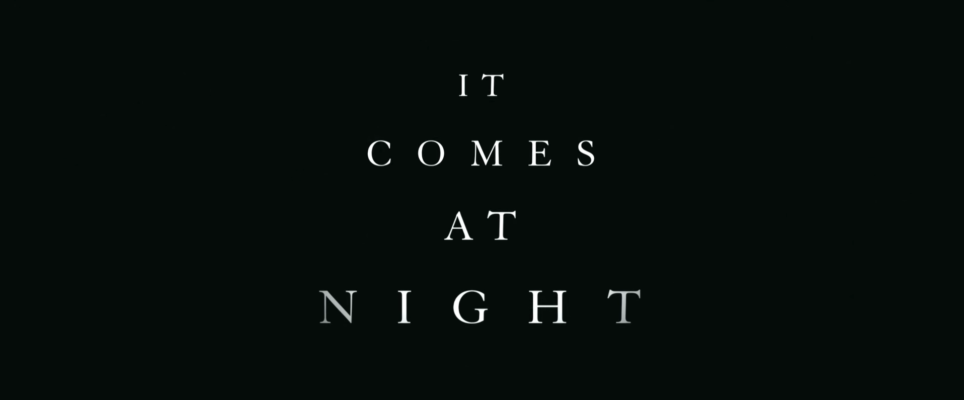
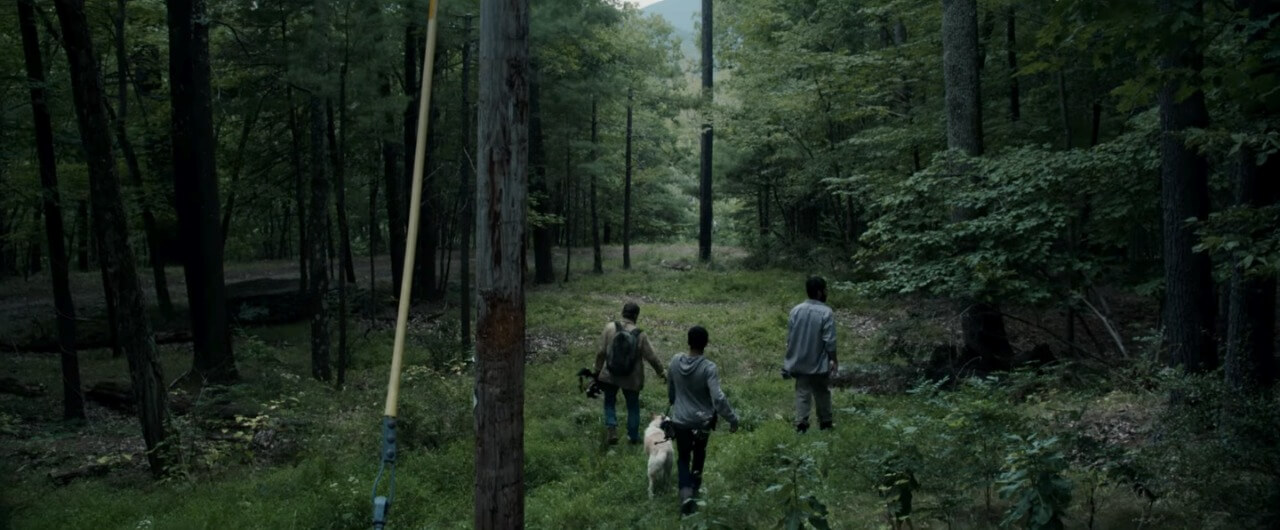
A similarity to The VVitch is the barrier of woods between the family and the outside world. They eventually meet someone looking for food thinking their house was abandoned and the narrative moves from there. The viewers were more focused on that element even when the filmmaker was directing them towards the internal motivations of the characters. With the direction of the director, actors, and writer - some audience members still chose to focus on a part of the story that the creators felt would distract from the center of the piece. Viewer's attention on the external in these films indicates the success of this historic motif to a contemporary audience. In placing focus on the environment of the story, the viewer risks being an echo to one of the characters in the films. While current television and world building narratives are a part of why an audience member would mentally go there, it also takes away from having to examine the darker nature of the characters and eventually themselves. Any time either film effectively scares an audience member or makes them direct their attention exclusively away from the characters, it presents how the medieval setting is still successful in modern cinema. By focusing on the external, it disregards the choices of the characters make and their motivations. At first, I was curious as to how either film was going to be received by an audience. Each film had a different audience reaction with the only commonality being a mixed reaction. However, these filmmakers present our fears and weaknesses through stories that take place in two binary periods which share a similar setting.